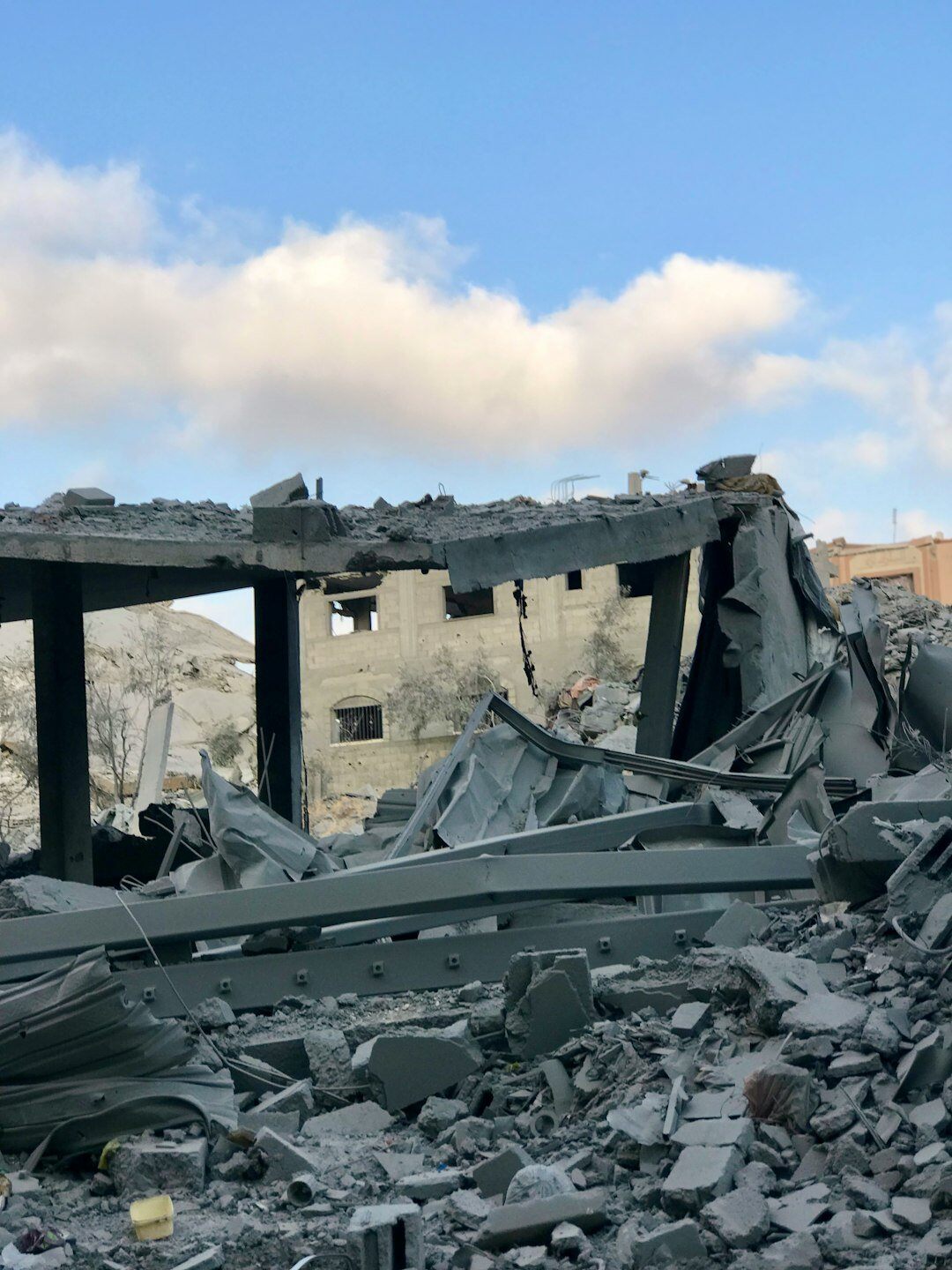Minerals, Missiles, and the Missing Link
AI needs chips. Chips need minerals. And minerals will now move through a warzone. As the U.S. and Saudi Arabia deepen their rare-earth cooperation, businesses are gaining access to new critical elements—but also inheriting exposure to one of the world’s most contested maritime corridors. This article breaks down what the latest mineral deals mean for supply chains, cyber security, and strategic risk.
While artificial intelligence dominates today’s headlines, an equally high-stakes contest is unfolding over the minerals that power it. Rare-earth elements (REE) like neodymium, lithium, and cobalt are essential to the hardware behind AI systems, advanced weaponry, and renewable energy infrastructure.
During President Trump’s May 13–15 visit to the Gulf, the U.S. Department of Energy and the Saudi Ministry of Industry and Mineral Resources signed a Memorandum of Cooperation (MOC) on critical minerals. This agreement, aimed at mapping resources, building processing capacity, and streamlining supply chains, forms part of a broader U.S.–Saudi government-to-government investment package valued at $600 billion.
In addition, two major U.S.–Saudi commercial deals were announced. First, MP Materials (U.S.) and Ma’aden (Saudi Arabia’s state-owned mining company) unveiled plans to build the first large-scale, end-to-end rare-earth magnet supply chain outside East Asia. Second, Burkhan World Investments (U.S.) and Grand Mines Mining (Saudi) launched a $9 billion joint venture to expand lithium, cobalt, and heavy rare-earth extraction.
These strategic mineral-deals also introduce new vulnerabilities. All extracted and refined materials must pass through the Red Sea’s Bab el-Mandeb Strait, which route is sensitive to surrounding conflicts, piracy, and geopolitical powerplays. Since late 2023, the Houthis alone have “carried out more than 100 attacks on ships […], sunk two vessels, seized another, and killed at least four seafarers”.
For businesses, this corridor offers access to vital new supplies—but also exposes them to rising geopolitical and operational risks. It is a growth lane and a chokepoint, all in one.
From Strategy to Exposure
For the United States, the deals are a step toward reducing dependence on Chinese-controlled mineral processing and regaining control over supply chains critical to AI, defense, and clean technology. The recent U.S. agreement with Ukraine on critical mineral cooperation reinforces this strategic priority, highlighting Washington’s push to secure alternative sources across multiple regions. For Saudi Arabia, the deals offer a fast-track to economic diversification: moving up the value chain from raw resource extraction to high-tech manufacturing as part of its Vision 2030 agenda. REEs are now being positioned as a potential third economic pillar for the Kingdom, alongside oil and petrochemicals. For both sides, success depends not just on extraction and production, but on securing the transit routes, digital infrastructure, and political backing that will keep these ambitions viable under pressure.
But this convergence brings unintended consequences. By clustering so much future production capacity and outbound shipping into a narrow corridor—the Bab el-Mandeb and Red Sea—the U.S. and its partners have built resilience into one part of the supply chain while creating vulnerability in another. For example, even with a temporary ceasefire in place, the Houthis retain both the means and motivation to reassert control over maritime flows if political conditions shift.
The result is a new strategic paradox: the more value packed into these shipping lanes and industrial nodes, the more attractive—and exposed—they become. For companies tied to this corridor, the challenge now is not just seizing the upside, but surviving the first disruption.
What It Means for Business
For businesses, the upside is clear. Early movers can secure access to rare-earth materials through offtake agreements or equity stakes in Saudi-based projects. As processing capacity scales, firms in artificial intelligence, renewable energy, and defense sectors will gain new options for sourcing. There is also growing demand for support industries: companies providing maritime security, OT hardening, and export-compliance solutions are likely to see a surge in relevance and revenue. Those who embed risk mitigation into operations now will be better positioned than those who react later.
But these opportunities come with high-stakes consequences. The Bab el-Mandeb Strait remains a chokepoint, shaped by armed conflicts in the region, piracy and maritime crime, and major geopolitical stakes. A single successful attack on a bulk carrier could delay feedstock deliveries by weeks, drive up war-risk insurance, and trigger price spikes across mineral markets. For firms operating on just-in-time models, such delays could halt production or breach contracts.
Meanwhile, given the international nature of the joint ventures, the Saudi processing infrastructure will likely incorporate a mix of U.S., European, and local industrial control systems. This blend—common in greenfield projects involving global partners—introduces cybersecurity complexity: varied patch cycles, incompatible standards, and harder-to-secure interfaces. This can create openings for state-backed cyber actors targeting critical systems with high financial and geopolitical leverage.
In short, the corridor offers serious strategic value—but only for businesses that plan for volatility, embed resilience, and stay ahead of both physical, cyber, and hybrid disruption. Those who treat it as just another trade route may find themselves exposed at precisely the wrong moment.
Bottom Line
Critical minerals are no longer just a supply chain issue—they are a security frontier. The U.S.–Saudi mineral corridor offers strategic promise, but it is built on unstable ground. For businesses and policymakers alike, the imperative is clear: act early, build resilience, and plan for disruption not as a possibility, but as a probability.


